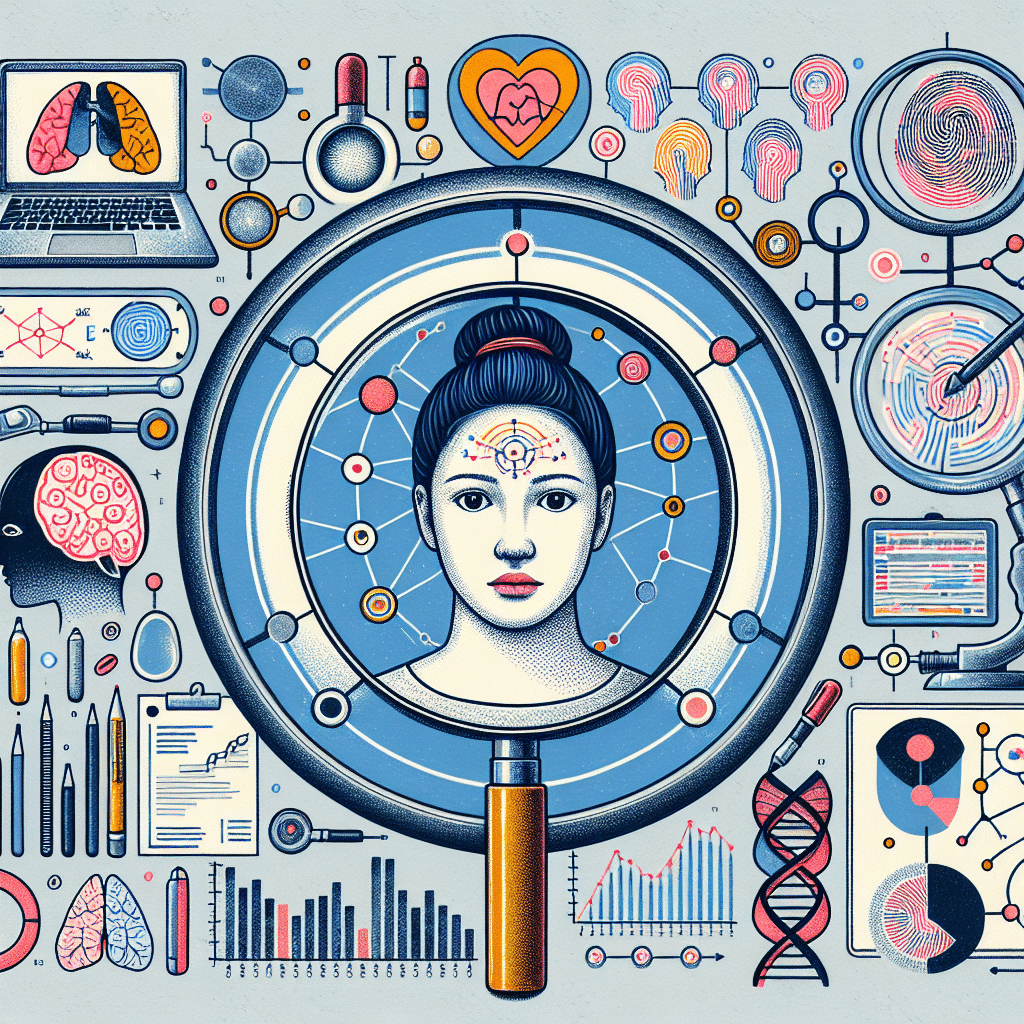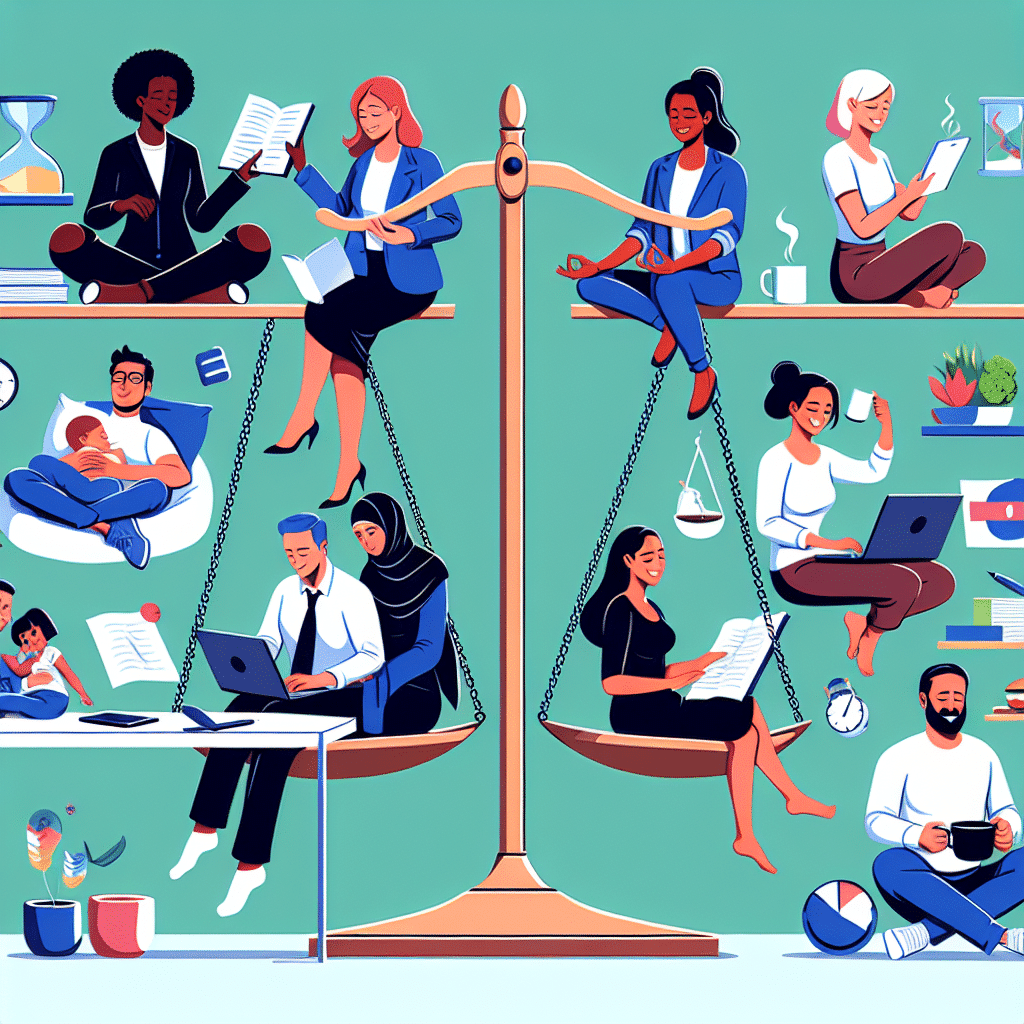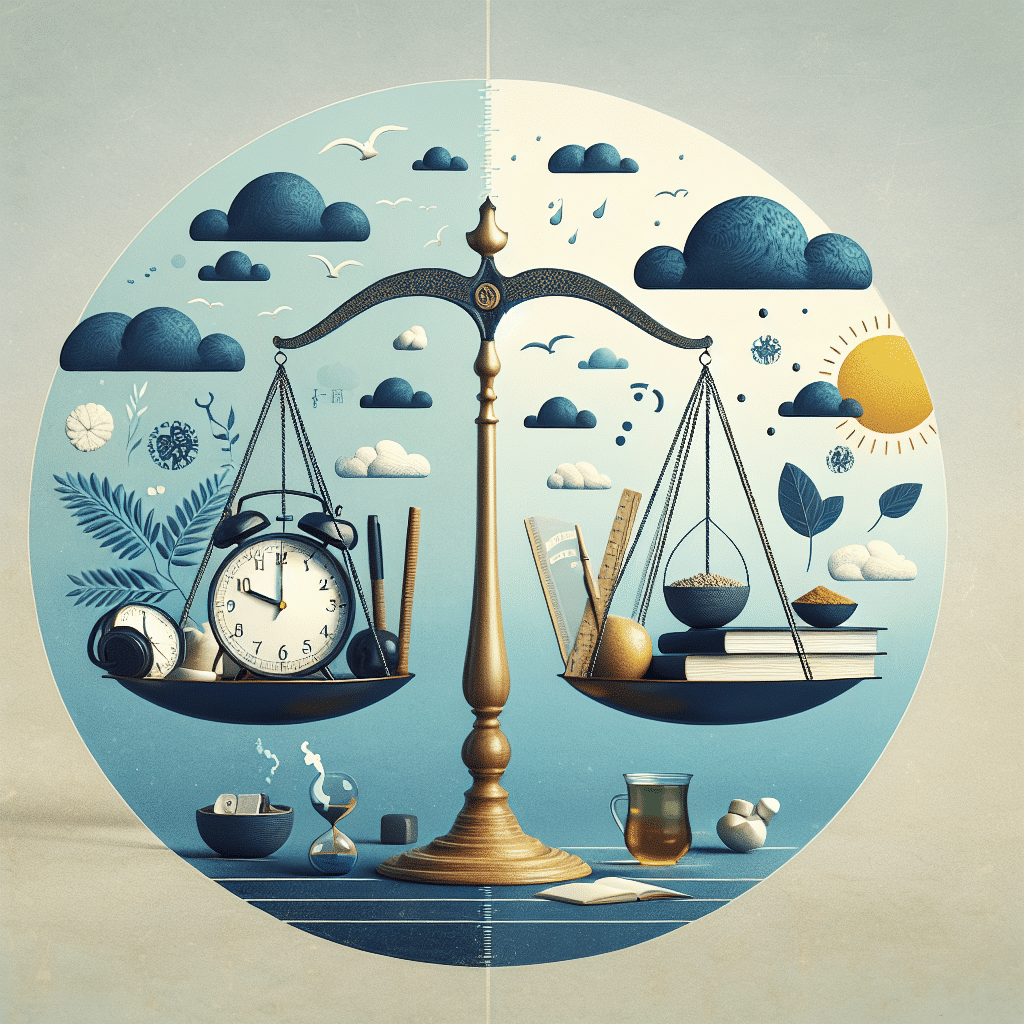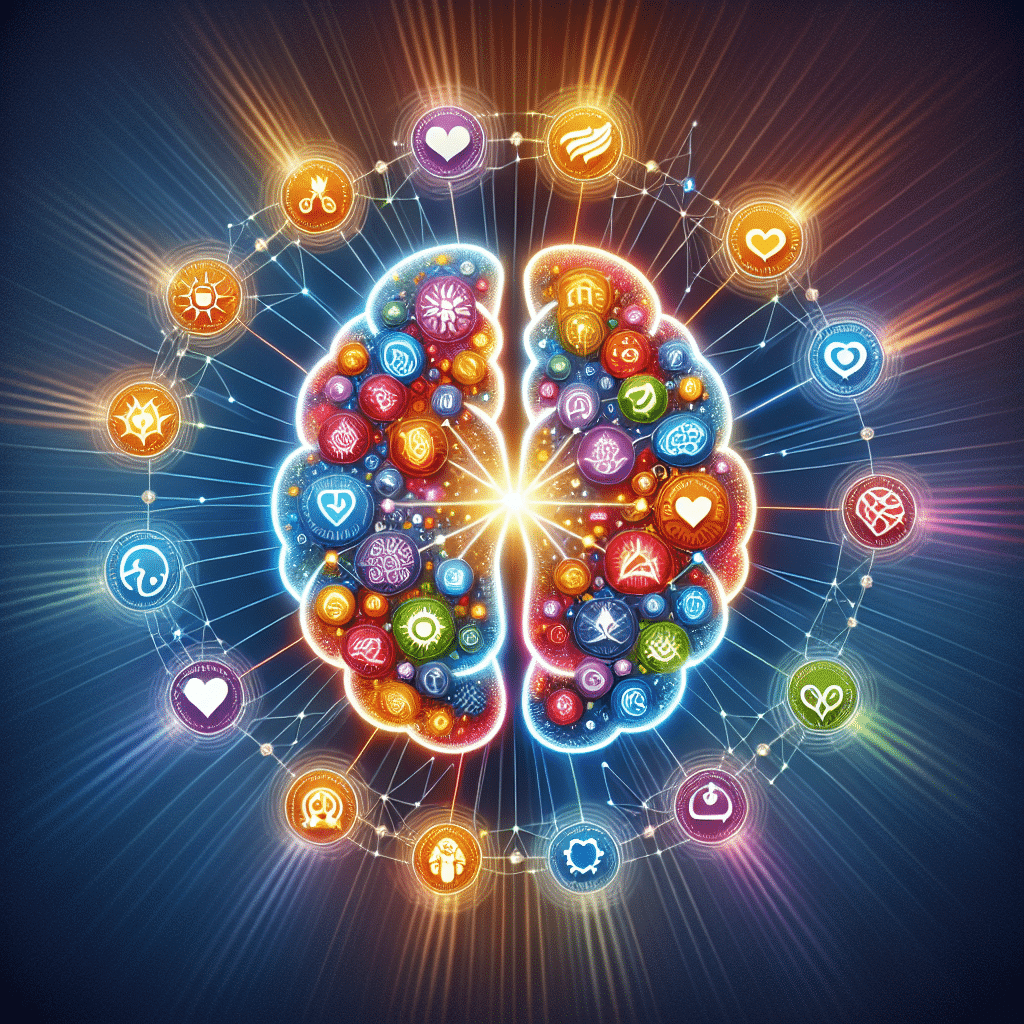
Communication is not just about the words we say; it also involves the rituals and practices we observe in our interactions with others. Rituals play a crucial role in enhancing communication skills and building strong relationships. Understanding the importance of rituals in communication can lead to more effective and meaningful interactions.
Importance of Rituals in Communication
Rituals in communication serve as guidelines and structures that help individuals navigate conversations and convey messages effectively. They provide a sense of comfort and familiarity, making communication more predictable and easier to understand. By incorporating rituals into our interactions, we can establish a sense of connection and build rapport with others.
Furthermore, rituals in communication help to establish boundaries and norms for behavior, creating a shared understanding of how to engage with one another. They can also add depth and meaning to our interactions, reinforcing cultural values and traditions. Overall, rituals play a crucial role in shaping the way we communicate and the relationships we form with others.
Key Ritualistic Aspects of Communication Skills
Effective communication goes beyond just exchanging information; it involves a set of rituals that can enhance the overall message and connection between individuals. These key ritualistic aspects of communication skills are essential in building rapport, establishing trust, and fostering a positive relationship:
1. Greetings: The way we greet someone sets the tone for the entire conversation. Whether it’s a handshake, a smile, or a nod, greetings play a crucial role in communication rituals.
2. Active Listening: Listening attentively is a key aspect of communication rituals. It involves giving the speaker your full attention, maintaining eye contact, and providing verbal and non-verbal cues to show that you are engaged.
3. Respectful Language: Using respectful language and tone is a significant ritualistic aspect of communication. It involves being mindful of how your words may impact the other person and choosing your language carefully.
4. Asking Questions: Asking relevant questions shows that you are interested in the conversation and value the other person’s perspective. It also helps clarify any misunderstandings and demonstrates active engagement.
5. Empathy: Showing empathy towards the other person’s feelings and emotions is a vital ritualistic aspect of communication. It involves understanding their perspective and responding with compassion and understanding.
6. Non-Verbal Communication: Non-verbal cues such as facial expressions, body language, and gestures can convey a lot of information during communication. Being aware of these non-verbal aspects is essential for effective communication rituals.
7. Feedback: Providing feedback, whether positive or constructive, is a crucial ritualistic aspect of communication. It helps in clarifying expectations, improving communication, and building trust between individuals.
By incorporating these key ritualistic aspects into your communication skills, you can enhance the quality of your interactions, build stronger relationships, and ensure effective communication in various personal and professional settings.
Practices to Enhance Communication Rituals
Improving communication skills involves not only mastering verbal communication but also understanding and implementing various rituals that can enhance the effectiveness of your interactions. Here are some practices that can help you enhance your communication rituals:
1. Active Listening
One of the most important rituals in communication is active listening. This involves giving your full attention to the speaker, maintaining eye contact, nodding to show understanding, and asking clarifying questions. By actively listening, you show respect for the speaker and foster better understanding.
2. Establishing Rapport
Building rapport with the person you are communicating with is essential for establishing a connection. This can be done through mirroring body language, using similar language and tone, and showing empathy towards the other person’s feelings and emotions.
3. Setting Clear Expectations
Communication rituals should include setting clear expectations for the conversation. This involves outlining the purpose of the communication, the desired outcome, and any action steps that need to be taken. Clear expectations help avoid misunderstandings and confusion.
4. Practicing Non-Verbal Communication
Non-verbal communication, such as body language and facial expressions, plays a crucial role in communication rituals. Pay attention to your non-verbal cues to ensure they are in alignment with your verbal message. This can help convey sincerity and build trust with the other person.
5. Providing Feedback
Feedback is an important aspect of communication rituals. Be open to receiving feedback from others and providing constructive feedback in return. This helps foster a culture of continuous improvement and growth in communication skills.
By incorporating these practices into your communication rituals, you can enhance your ability to connect with others, build relationships, and convey your messages effectively.
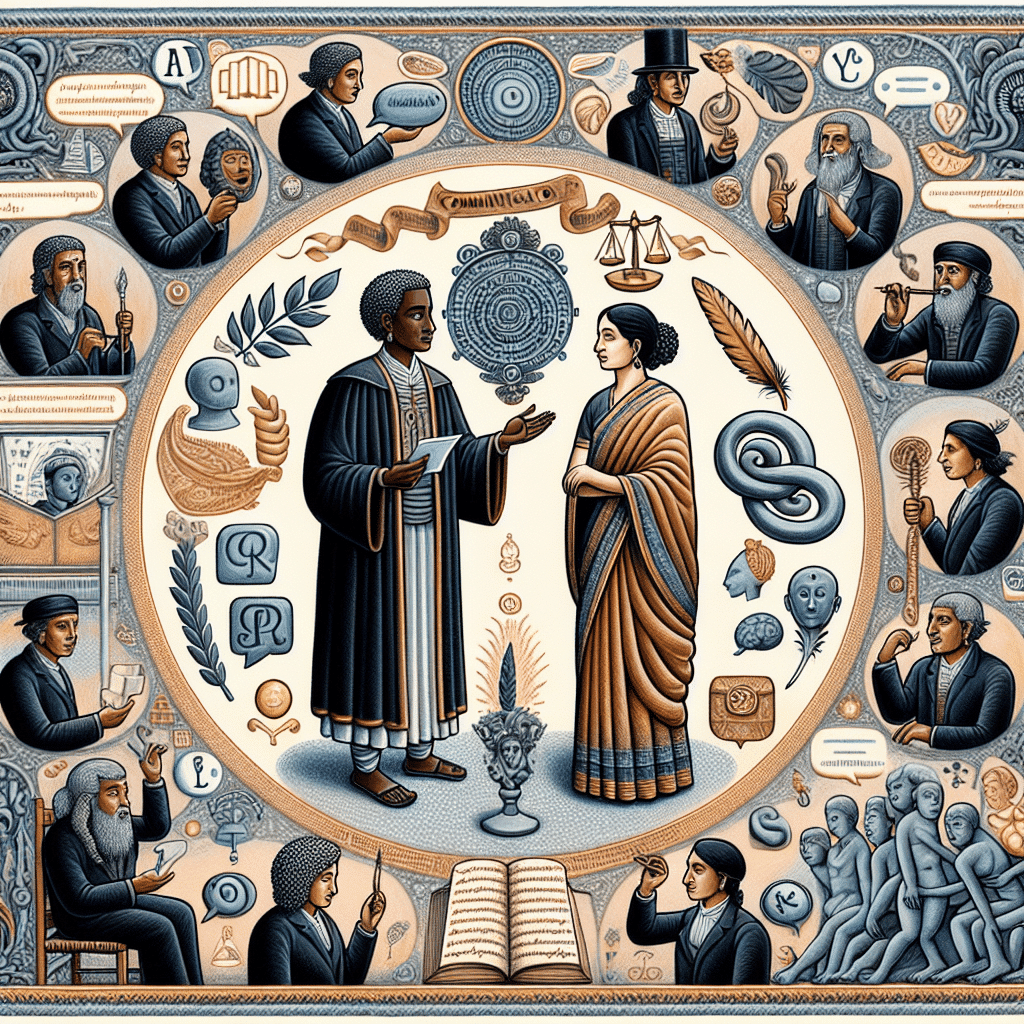
Role of Body Language in Ritualistic Communication
Body language plays a significant role in communication rituals as it can convey emotions, intentions, and meanings without the need for verbal communication. In ritualistic communication, body language serves as a powerful tool to reinforce or emphasize verbal messages, establish rapport, and show respect.
Nonverbal Cues
Nonverbal cues such as facial expressions, gestures, posture, and eye contact all play a crucial role in conveying messages during communication rituals. For example, a firm handshake during a greeting ritual can convey confidence and respect, while a lack of eye contact may signal disinterest or disrespect.
Emotional Expression
Body language also helps to express emotions during communication rituals. For example, a comforting pat on the back during a ritual of consolation can convey empathy and support, even without saying a word. This emotional connection built through body language can strengthen relationships and solidarity.
Cultural Differences
It is essential to be mindful of cultural differences in interpreting body language during communication rituals. While some gestures may be universal, others can have different meanings across cultures. Being aware of these differences can help avoid misunderstandings and ensure effective communication.
In conclusion, body language plays a crucial role in communication rituals by enhancing the message, expressing emotions, and building connections. By understanding the significance of body language in communication rituals, individuals can improve their interpersonal relationships and overall communication effectiveness.
The Cultural Significance of Communication Rituals
In various cultures around the world, communication rituals play a vital role in establishing connections, showing respect, and maintaining harmony. These rituals are deeply ingrained in the fabric of society and are often passed down through generations.
Asian Cultures
In many Asian cultures, rituals such as bowing, exchanging business cards with both hands, and using formal language are essential elements of communication. These rituals are not only a sign of respect but also signify hierarchical structures within the society.
Native American Cultures
Native American cultures often incorporate rituals such as smudging, offering tobacco, and using specific greetings to show respect and honor towards others. These rituals are deeply spiritual and play a key role in fostering a sense of community and connection.
African Cultures
In various African cultures, communication rituals such as storytelling, drumming, and dance are used to convey messages, preserve traditions, and celebrate important events. These rituals serve as a means of passing down knowledge and values from one generation to the next.
European Cultures
European cultures also have their own set of communication rituals, such as using formal titles, handshakes, and maintaining eye contact during conversations. These rituals vary across different countries and serve to establish trust and respect in interpersonal relationships.
Overall, understanding the cultural significance of communication rituals can help individuals navigate diverse social settings with grace and sensitivity. By respecting and honoring these rituals, we can foster meaningful connections, bridge cultural gaps, and build stronger relationships with others.

Summary
Rituals play a crucial role in enhancing communication skills by providing structure, consistency, and meaning to interactions. Key ritualistic aspects such as greetings, listening attentively, and non-verbal cues are essential in effective communication.
Practicing communication rituals daily can help in building trust, rapport, and fostering positive relationships. Body language, tone of voice, and gestures are vital components of communication rituals that convey emotions and intentions.
The cultural significance of communication rituals highlights the diverse ways in which different societies express respect, empathy, and understanding through language and gestures, underscoring the importance of being sensitive and adaptable in cross-cultural interactions.

